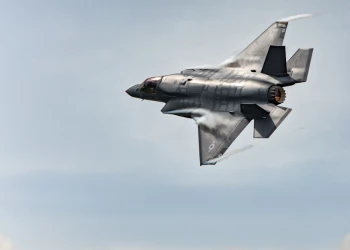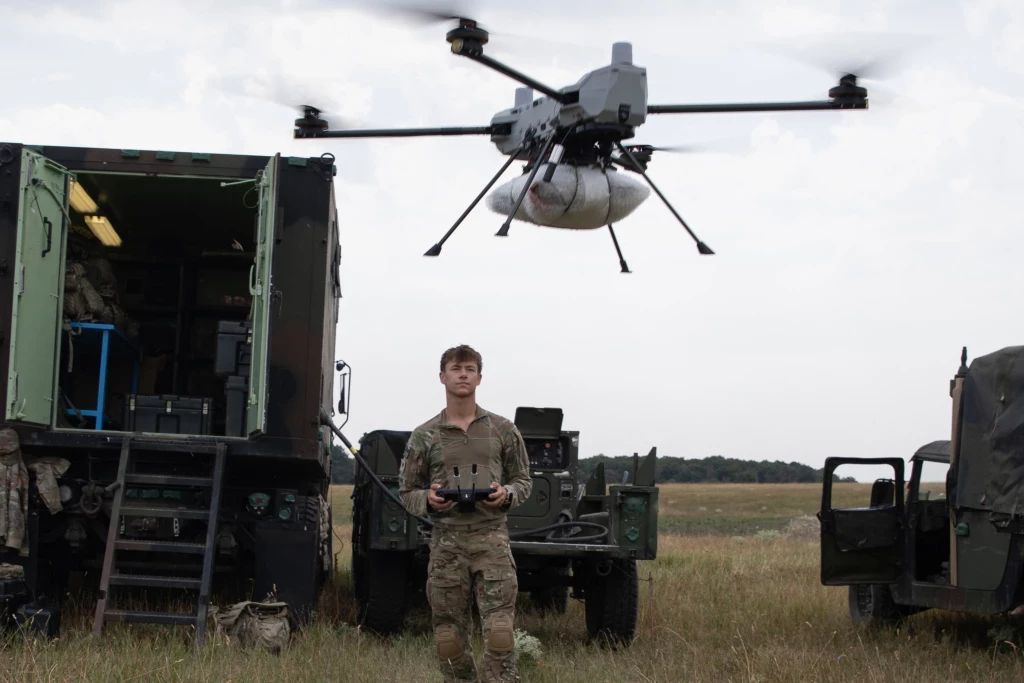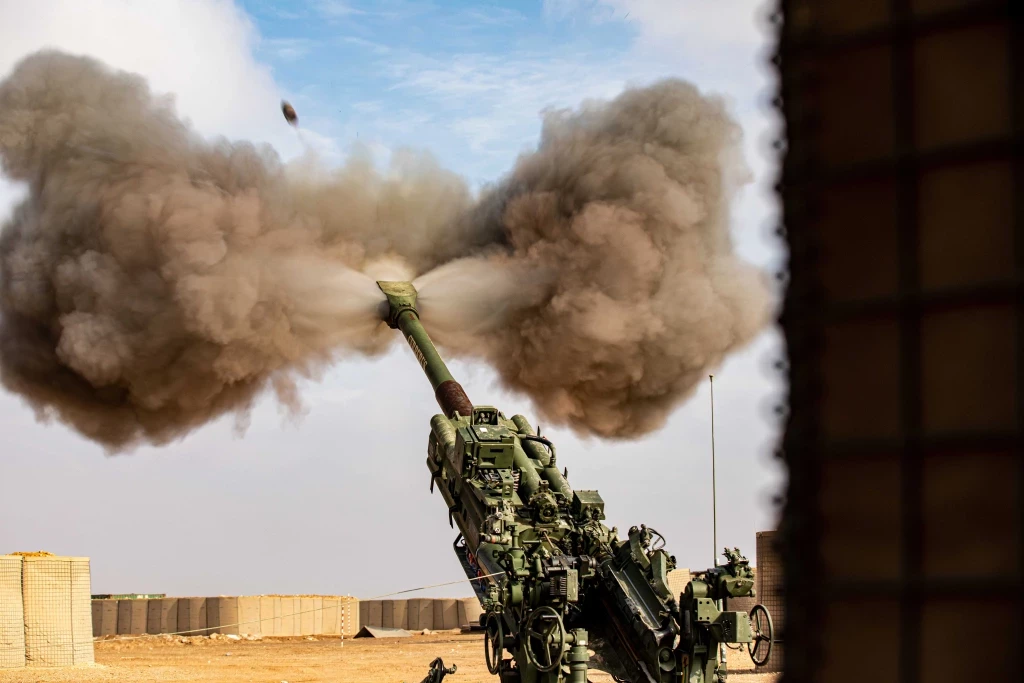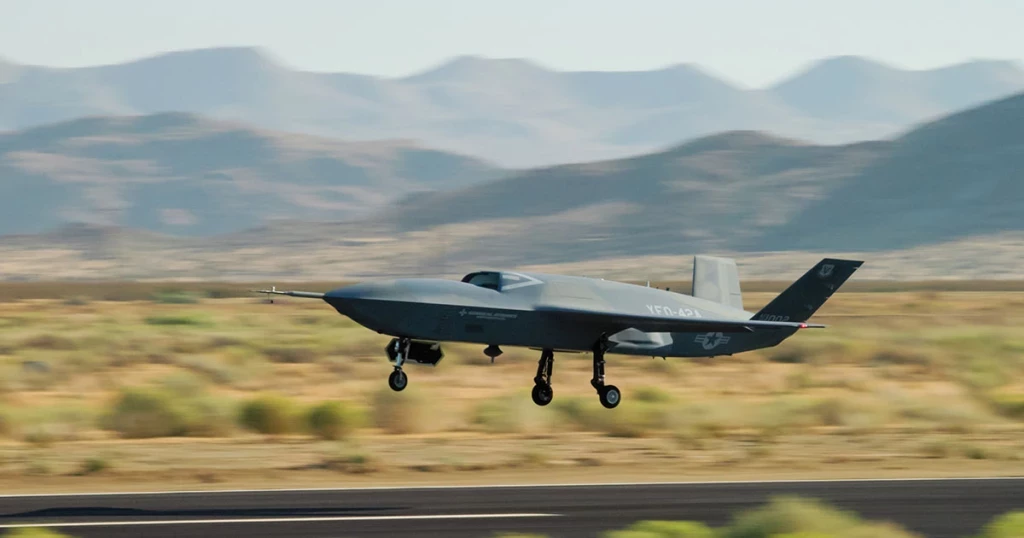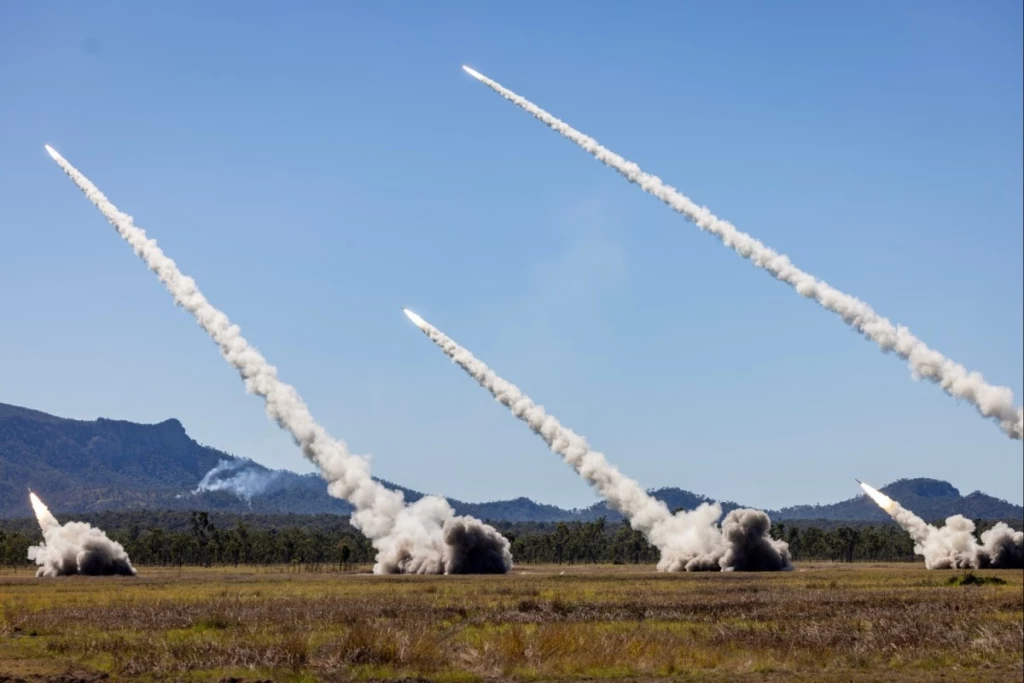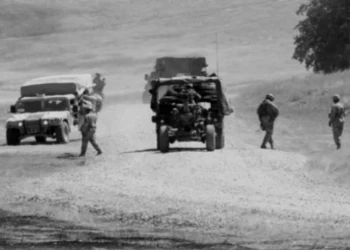Loitering Munitions 101: What They Are and Why They Matter
Add bookmark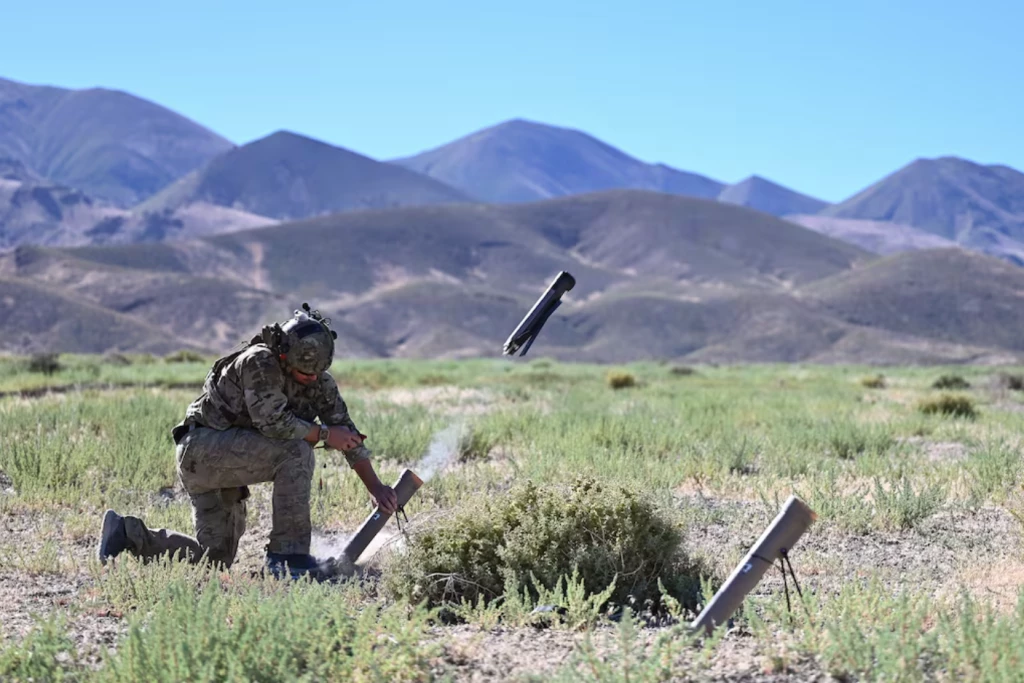
Conflicts in Ukraine and the Middle East have shown a shift in modern warfare, and one pillar that embodies these changes is military artillery. One example of the evolution of military artillery is loitering munitions, which combine the accuracy of missiles with the versatility of drones.
This article provides an overview of what loitering munitions are, how they are being used in modern conflicts, and how the U.S. DoD is investing in loitering munitions capabilities.
For more on loitering munitions, be sure to register for Future Indirect Fires taking place from January 27-28 in the DC Metro Area. The two-day summit will bring together leaders from the loitering munitions community, Project LASSO and the Marine Corps OPF-L Program to discuss the latest innovations, support systems, and the impact of ongoing global conflict. The two-day event will also explore the challenges of keeping up with rapidly evolving technology and the need for common software systems. Additionally, we will investigate the defense industrial base’s critical role in supporting indirect fires, hear from operational-level leaders on capability gaps, and discuss the future of indirect fires and their pivotal role in military success.
What are loitering munitions?
Loitering munitions are aerial weapons equipped with some form of built-in warhead. These weapons are designed to loiter around a target area until a target is located, then attack the target by crashing into it. Loitering munitions are also referred to as a suicide drone, kamikaze drone, or exploding drone.
The sophistication of a loitering munitions device ranges from a drone with explosives attached to purpose-built munitions elaborate in flight and control capabilities, warhead size and design, and onboard sensors for locating targets. Some loitering munitions require human operators while others operate autonomously, searching and destroying targets without any human intervention.
Real world uses of loitering munitions
One of the defining factors in the success Ukranian forces have found in its war with Russia has been the use of loitering munitions.
The U.S. has supplied Ukraine with two forms of Switchblade Loitering Munitions: the smaller 300 model, suited for lighter targets, and the more powerful 600 model, capable of destroying tanks. The Switchblade 600 features high-precision optics, an anti-armor warhead, and a range of 40+ kilometers with 40 minutes of loitering endurance. The Switchblade 300, smaller and lighter, has a 30-kilometer range and 20 minutes of endurance. Both systems are designed to give soldiers precision strike capabilities and can abort and re-engage targets if needed.
While it is unclear how many of the Switchblade loitering munitions have been deployed by Ukraine, videos like this one show their potential effectiveness. Experts believe the use of loitering munitions in Ukraine offers valuable lessons for future warfare, particularly in challenging traditional concepts of armored vehicle survivability, long-range strike capabilities, and the role of small units in disrupting enemy operations.
Loitering munitions aren’t just being used against physical targets, these devices are critical for Ukrainian efforts to mitigate electronic warfare tactics from the Russians. Last June, Janes reported that Ukraine is deploying AI-enabled UAVs capable of autonomously engaging pre-selected targets to reduce susceptibility to jamming.
The ongoing conflict between Israel and Hamas is also expected to see the introduction of loitering munitions. In 2024 the Israeli defense manufacturer Aeronautics introduced a new platform, named Orbiter 2 LM. Orbiter 2 LM will be paired with Orbiter 2 STS or “sensor-to-shooter". By pairing the loitering munition with nearby surveillance drones the Israeli military can do battlefield surveillance before a strike and a rapid battlefield assessment afterwards. Although Aeronautics did not reveal who the Orbiter 2 LM was developed for, the Israeli Defense Force has previously used drones in the Orbiter family and is currently engaged in urban operations in Gaza.
U.S. investment in loitering munitions
In 2024, the U.S. loitering munitions market was valued at $170.4 million. In 2025 the market was valued at $182.8 million, exhibiting a CAGR of 9.7%.
The largest contract to date in the loitering munitions space was awarded in August 2024 when Aerovironment won a $990 million contract with the Army to deliver its Switchblade loitering munition system. This February, Aerovironment was awarded its third delivery order totaling $288 million as part of Army’s Directed Requirement (DR) for Lethal Unmanned Systems (LUS). The delivery is part of a 5-year Indefinite Delivery, Indefinite Quantity (IDIQ) contract from Army Contracting Command-Aberdeen Proving Ground.
The Marines are also investing in loitering munitions. The service in April 2024 selected AeroVironment, Anduril and Teledyne FLIR for its Organic Precision Fires-Light, or OPF-L, program. The initial contract awarded totaled over $27 million. These three companies will compete for delivery orders over a five-year base period and a three-year option, aiming to provide Marines with beyond-line-of-sight precision strike capabilities by fiscal year 2027.
LASSO Project
The Low Altitude Stalking and Strike Ordnance (LASSO) project was initially developed in May 2023 to bolster the U.S. loitering munitions arsenal and began providing infantry troops with a portable, tank-killing drone in 2024.
The program, managed by Program Executive Office (PEO) Soldier, was announced following the successful use of loitering munitions for reconnaissance and strikes in the Russian-Ukraine War. PEO Soldier is fast-tracking the program through an urgent capability acquisition pathway, and its development is supported by the Maneuver Capability Development and Integration Directorate (MCDID) at Fort Moore, which is working on a long-term lingering munitions program.
According to PEO Soldiers, the LASSO system being developed includes a lethal payload, electro-optical/infrared sensors, precision flight controls, and consists of three components: the launch tube, the drone itself, and a fire control station.
Future increments of LASSO are expected to focus on extending range, increasing lethality, and introducing modular payloads, allowing the system to adapt to evolving mission needs.
The Army is requesting $70 million to procure hundreds of all-up rounds and fire-control units for loitering munitions in fiscal year 2026 as part of LASSO. The large request for loitering munitions fits into the new Army Transformation initiative, which is focused on modernizing the force for future high-tech combat.





